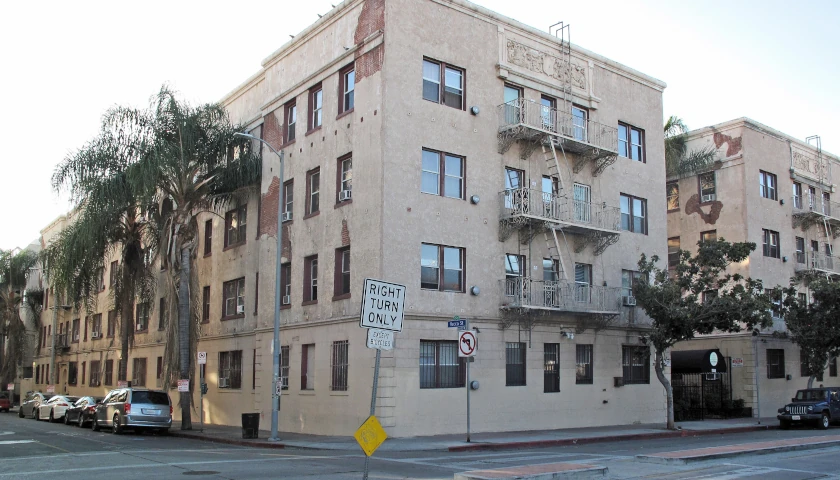by Bethany Blankley
Due to inflation eating away at earnings and less supply of affordable housing, the majority of Americans today cannot afford median rent prices, according to a new report by the real estate company Redfin.
The analysis comes as other reports indicate that both homeowners and renters are struggling with high housing costs due to inflationary pressures, an inflated housing market, low supply and demand for affordable housing.
“Just 39 percent of renters make enough to afford the median-priced apartment,” the report states, with renters needing $11,000 more to afford a typical apartment in major U.S. cities.
“The typical U.S. renter household earns an estimated $54,712 per year. That’s 17.3 percent less – or $11,408 in dollar terms – than the $66,120 a renter must earn to afford monthly rent for the median-priced U.S. apartment ($1,653),” according to the analysis.
“The amount renters must earn to afford the median-priced apartment is at the highest level since October 2022,” Redfin says.
Redfin analyzed rental data in 33 of the 50 most populous U.S. core-based statistical areas (CBSAs) where it has access to data. The data includes median asking rents of newly listed units in apartment buildings with five or more units over a three-month period ending in May. It uses a median household income benchmark based on U.S. Census Bureau and Atlanta Federal Reserve data. Apartments are considered affordable if a renter spends no more than 30 percent of their income on rent.
The least affordable U.S. metro areas for renters are New York City, Miami, Boston, Los Angeles and Riverside, California, according to the data.
In New York City and Miami, the typical renter earns roughly 40 percent less than they need to afford a typical apartment, the report states.
“New York is perennially one of the most expensive rental markets, but affordability challenges have been intensifying; rents rose 9.2 percent from a year earlier in May – one of the biggest increases in the nation,” Redfin says.
Although rental prices are rising in these metro areas, renters can still earn enough to afford a typical apartment in Austin, Dallas, Houston, Phoenix and Washington, D.C., the report notes.
Home buyers are also struggling in today’s economy. An analysis by Zillow found that home buyers in 2024 need 80 percent more income to purchase a home than they did in 2020, The Center Square reported.
In May, home prices hit a record high, “with low inventory continuing to spur bidding wars among home buyers in some markets,” The Wall Street Journal reported. Sales of previously owned homes dropped, showing a third consecutive month of decline.
Because homeowners refinanced their mortgages when interest rates were much lower, they aren’t selling now with interest rates more than double what they were a few years ago after the Federal Reserve increased the base rate to its highest level in decades.
This is described as the “lock-in” effect, a new report by Harvard explains, “whereby current homeowners with below-market interest rates are disincentivized to move … dramatically reducing the number of homes available for sale.”
Due to high inflationary costs, high interest rates, low inventory, the lock-in effect and other factors, “homeownership is increasingly out of reach,” Harvard’s “State of the Nation’s Housing 2024” report says.
It also notes that rents remain up by 26 percent nationwide since early 2020, with rents having increased faster than incomes for decades. Half of all renter households, 22.4 million, were cost burdened in 2022, the highest number on record, it says. Cost-burdened is defined as renters or homeowners spending more than 30 percent of their income on housing and utilities.
“Both homeowners and renters are struggling with high housing costs,” the report states. “On the for-sale side, millions of potential homebuyers have been priced out of the market by elevated home prices and interest rates. Homeowner cost burdens are also on the rise, driven by growing taxes and insurance costs. For renters, the number with cost burdens has hit an all-time high as rents have escalated.”
What’s happening in the residential market is “somewhat of a strange phenomenon, where we have low home-sales activity yet prices are hitting record highs,” Lawrence Yun, the National Association of Realtors’ chief economist told the Journal. “Affordability is a challenge.”
– – –
Bethany Blankley is a contributor for The Center Square.
Photo “Los Angeles Apartment Building” by downtowngal CC BY-SA 4.0.









